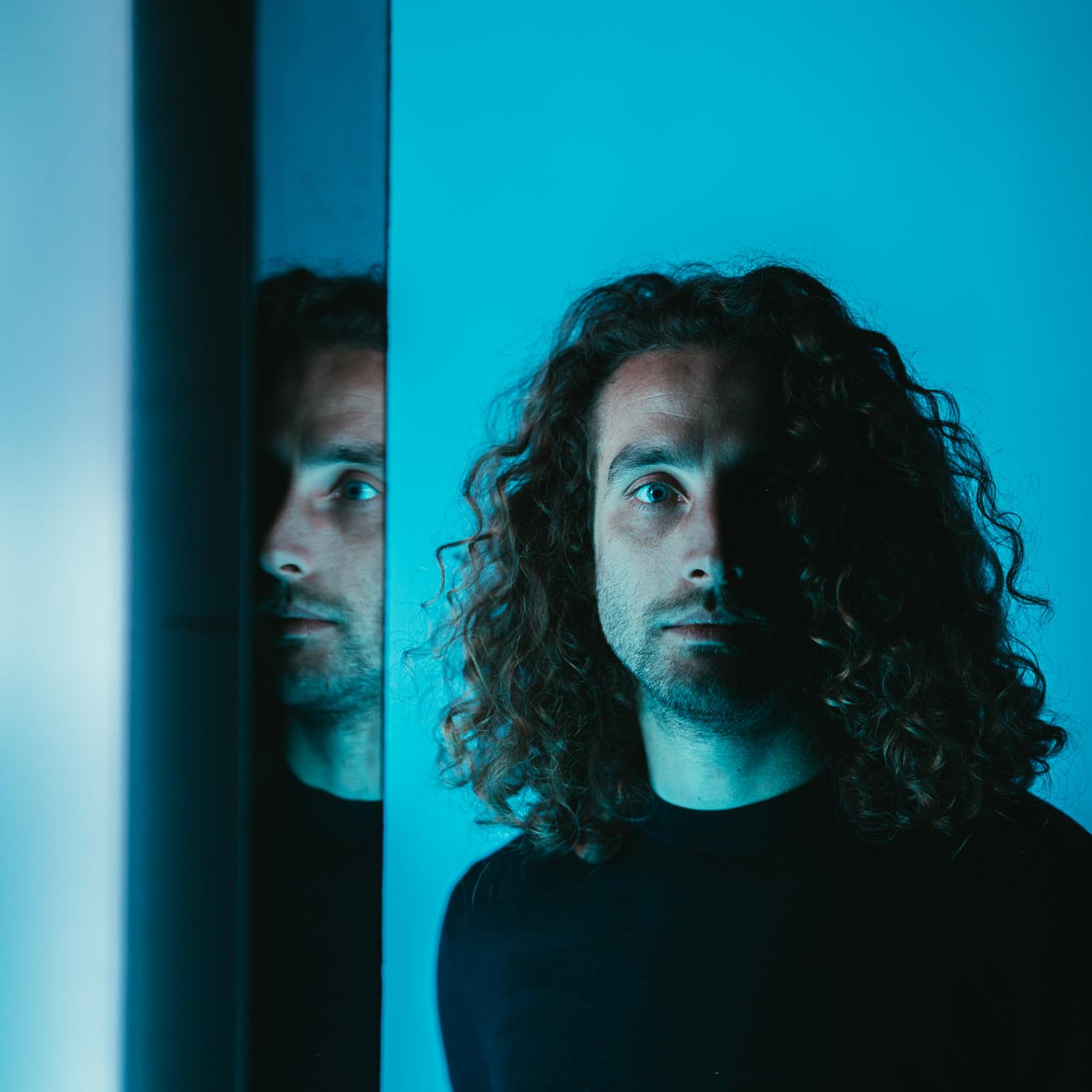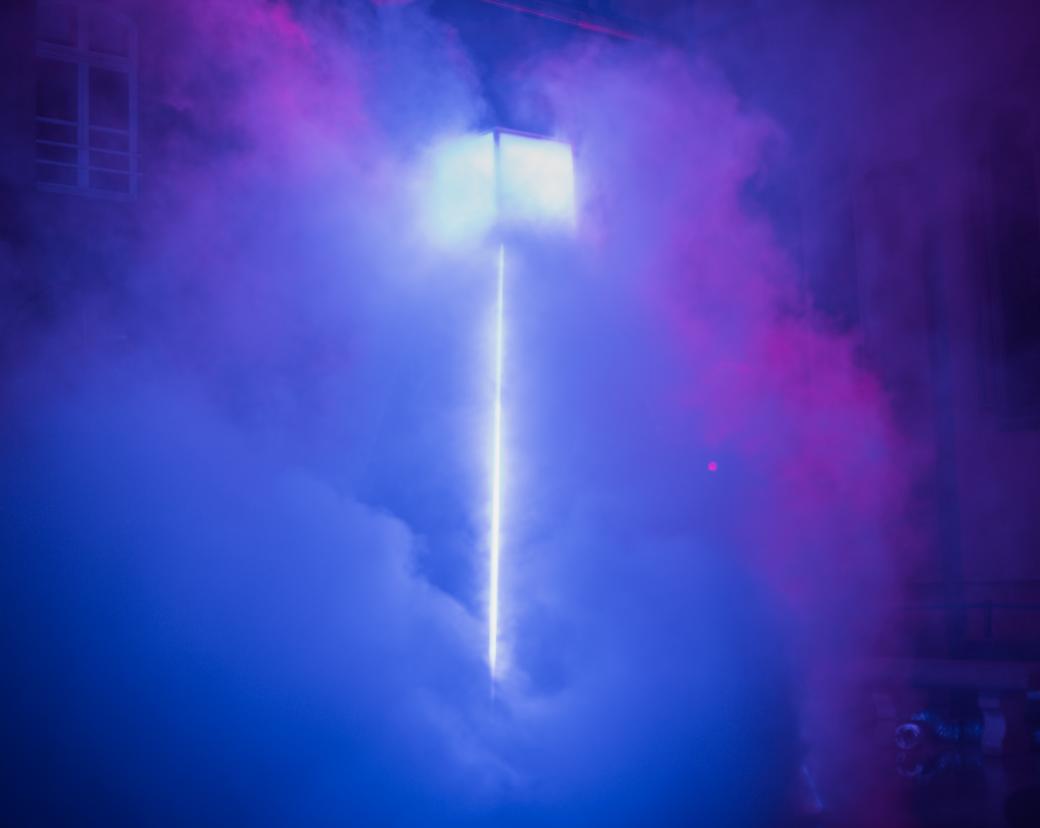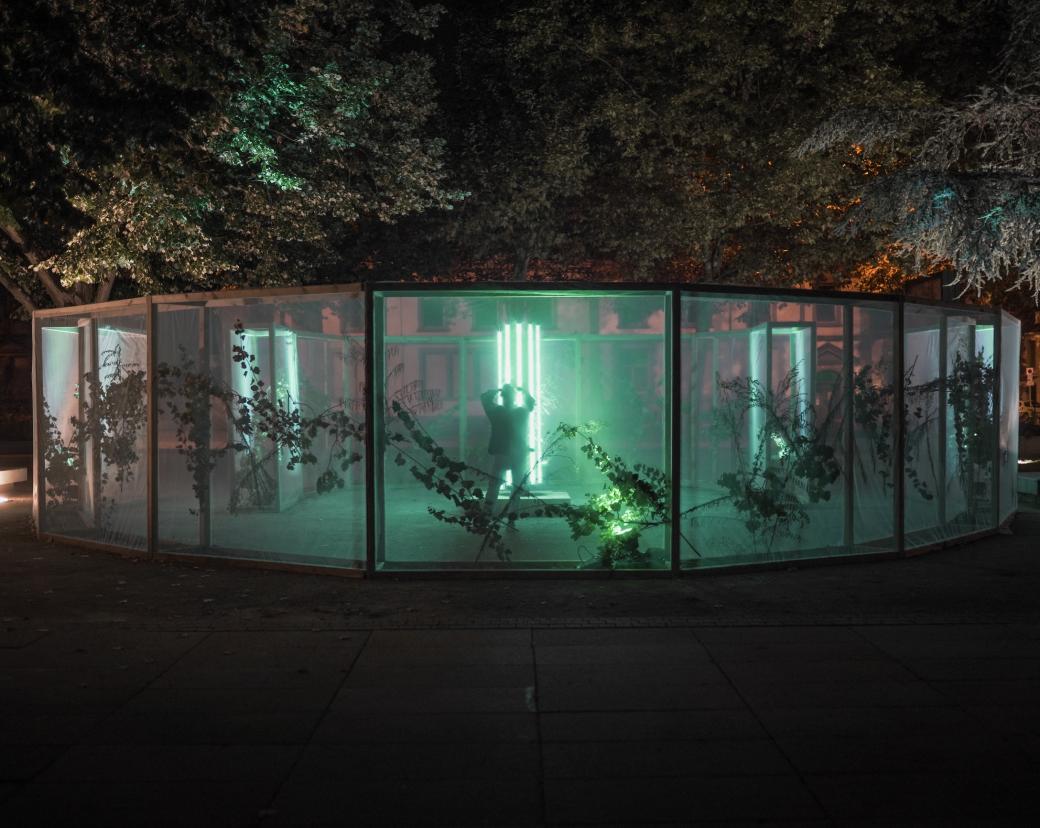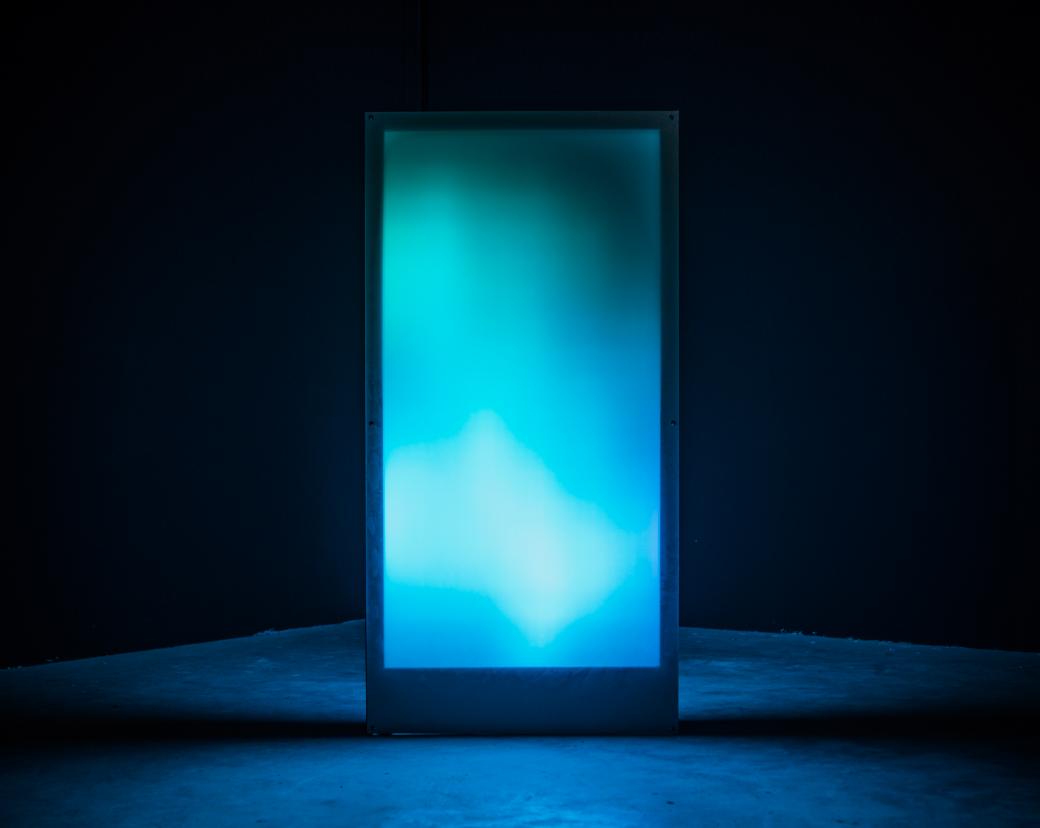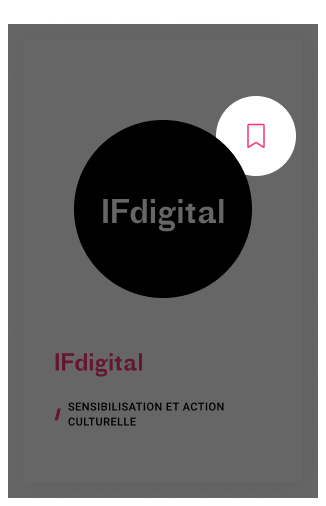The artist explores the fantasized elsewhere using water as a trigger for his creations. His work focuses on monumental immersive installations incorporating video, controlled lighting, and sound. Inspired by the brutalist architecture of Paris (a place of family immigration), he constructs a myth around a monolithic totemic object.
This immersive approach involves video projection and sound creation to transport the audience and invite interaction. The installation "K2-18B," presented at the Constellations de Metz digital arts festival, offers an introspective dialogue with a vertical parallelepiped and mirrors.
The parallelepiped, absent in nature, takes on new artistic significance. Inspired by Kandinsky, the artist contrasts this human form with the mystical sphere. The brutalist aesthetic is reflected in the use of materials and draws inspiration from minimalists like Turrell.
The repetition of the parallelepiped evokes a divine dimension, with a metaphysical sense of the sacred transcending religions.
These explorations question the role of art in public spaces, providing a fresh perspective on locations and inviting the audience to engage.
His residency in the Arctic inspired "Eau, Métal, Lumière," where a character embarks on a mysterious journey in the Arctic desert, equipped with a simple metal tool. The transcendence of these journeys materializes in "Arsarneq," a monolith of ice containing the light of mysticism. While James Turrell's work typically explores color, the artist felt the need to create this geometric form to symbolize the connection to elsewhere and infuse spirituality into his work.
In conclusion, the artist delves into the fantasized elsewhere through water, creating monumental and immersive installations centered around totemic objects. His artistic approach emphasizes the sacred and transcendent, questioning the role of art in public spaces. His Arctic residency inspires works that connect with elsewhere and open new perspectives on reality.





